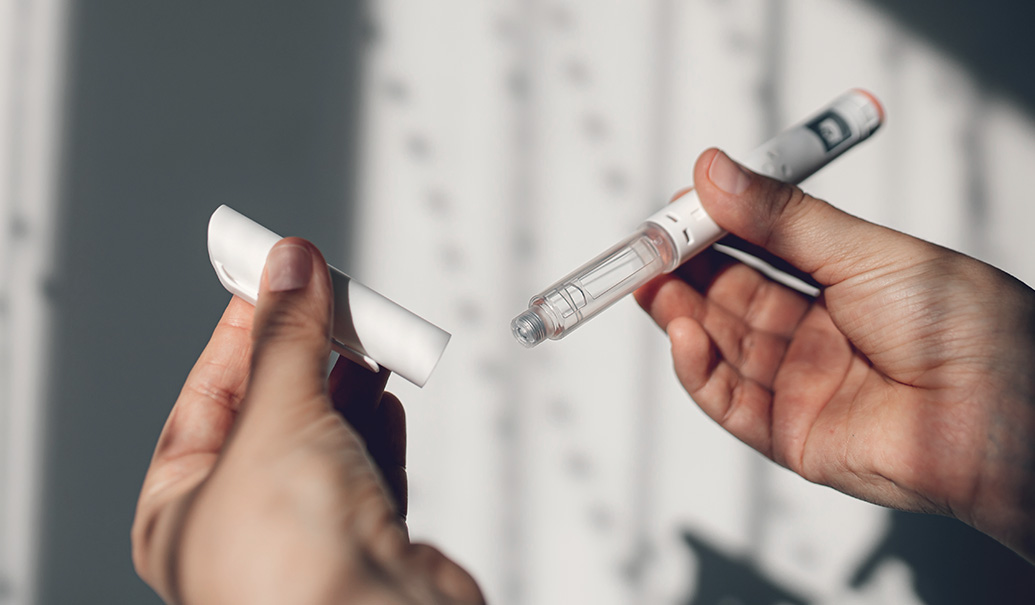When it comes to a pharma brand’s long-term success, the decisions made during its launch and growth phases have a lasting impact. To drive brand growth, all stakeholders—sales, marketing, managed markets and consumer outreach—should be in sync to ensure that physicians, accounts and patients all have the best possible experience.
We caught up with ZS principals Karthik Sourirajan and Mani Sethi, along with Dave Mahagnoul, the director of sales force insights and analytics at GSK, to discuss how pharma companies can improve their brands’ prospects through better launch execution to achieve the best possible chances at growth.
Q: How do the decisions made during the launch and growth phases impact a biopharma brand’s long-term prospects?
Mani Sethi: The short-term focus on the right things leads to better outcomes in the long term. It’s not just about getting execution right but focusing on the right things from a strategy perspective, identifying the right opportunities and making sure you’re set up for the long term. You’re trying to figure out what’s going to be super useful to the brand right now for bending the launch trajectory for the long-term. The right interventions you make in the first six months are going to help you shape the brand success for the next five years.
Q: How should biopharma companies think through their launch phase and thereby improve the brand’s chances for success?
Dave Mahagnoul: The more projection and forecasting you can do ahead of time—and making sure you have total alignment on strategy across the organization—the more you’ll be able to stay aligned throughout the process. Taking a critical approach early to identifying the most important KPIs that tell you whether your strategy is working—as well as what actions can be taken against those KPIs—will increase the speed at which you can execute on performance opportunities and risks that emerge.
Karthik Sourirajan: Be proactive and think about what the success factors are at launch: what you need to achieve during that phase to set yourself up for long-term success, how you should act on success factors, and how to ensure that you can take actions rather than ask questions at launch.
MS: You definitely need insights, but you also need to think about how you’re going to operationalize them and take action: give those insights to reps, or create content or new [marketing] messages based on those insights.
“[Predictive analytics] allowed us to identify those things that were most strongly linked to closing gaps…and turn them into quick wins.”
DAVE MAHAGNOUL
Q: What are some common mistakes that pharma companies make during brands’ growth phases, and how can they avoid them?
KS: People wait until there’s an issue and then try to solve it. Two-thirds of brands aren’t going to meet their forecasts, so you might as well start thinking about how you’re going to address issues before they happen.
MS: Some of the common mistakes are thinking about things in silos, where they’re trying to fix a sales problem and a marketing problem separately but, in reality, they’re all integrated. You want to prioritize which one is important at any point in time.
Q: What role should analytics play in developing and growing a biopharma brand?
DM: Analytics should strongly influence the approach, but there’s a balance point that gets missed a lot. What often happens is, in the quest for absolute certainty, we try to have 90 to 100% of all the information that we could ever need before making a decision. Actually, if you wait that long, you may miss a strategic opportunity. It’s about knowing where that balance point is: How much information do you actually need to make a pretty confident strategic decision, and then move [on it] so you can capitalize on time.
KS: Analytics plays an integral role, but it isn’t the be-all and end-all. The role of analytics should be to help drive action. It’s not about finding the most complicated analytical algorithm; it’s about finding the most effective action that you can take using the right analytics.
Q: How does using predictive analytics help pharma companies unlock new sales territory potential?
DM: For us [at GSK], it allowed us to identify those things that were most strongly linked to closing gaps, which were different for each geography, and turn them into quick wins that allowed us to scale success much more quickly. In some instances these were very intuitive, but in some instances they were not. There are so many things that anecdotally contributed to success, but to actually have data pointing you at opportunities, and being able to scale those quickly, is really important.
MS: Predictive analytics actually helps you test hypotheses and conduct what-if analysis. You can see what can happen, which is a big advantage. Predictive analytics isn’t supposed to change the world; it’s supposed to identify a few simple things that you can confidently do to get a competitive advantage and drive towards big impact.














